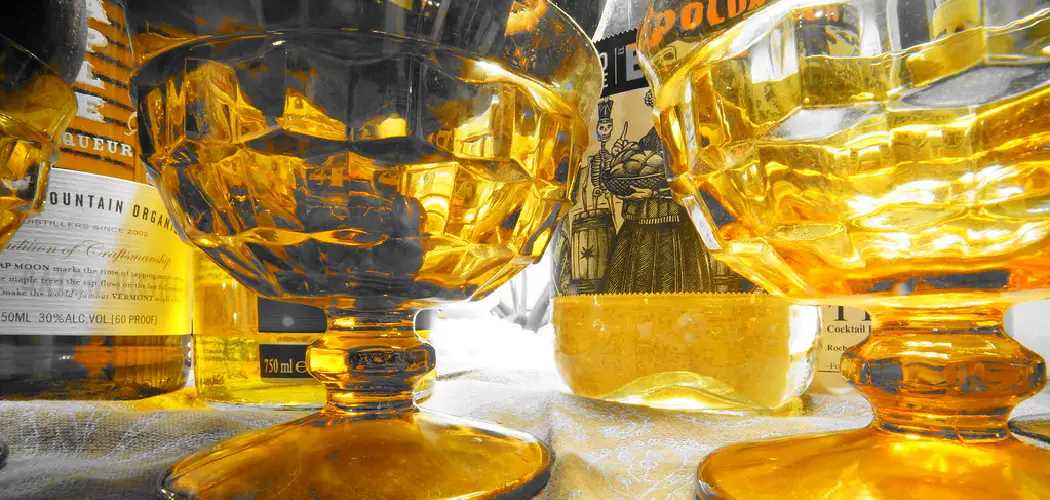Crafting amber glass is a fascinating and ancient art, a testament to the timeless beauty and utility of this distinctive material. Amber glass, known for its warm, rich hues, has been used for centuries to create exquisite containers, decorative items, and art pieces.
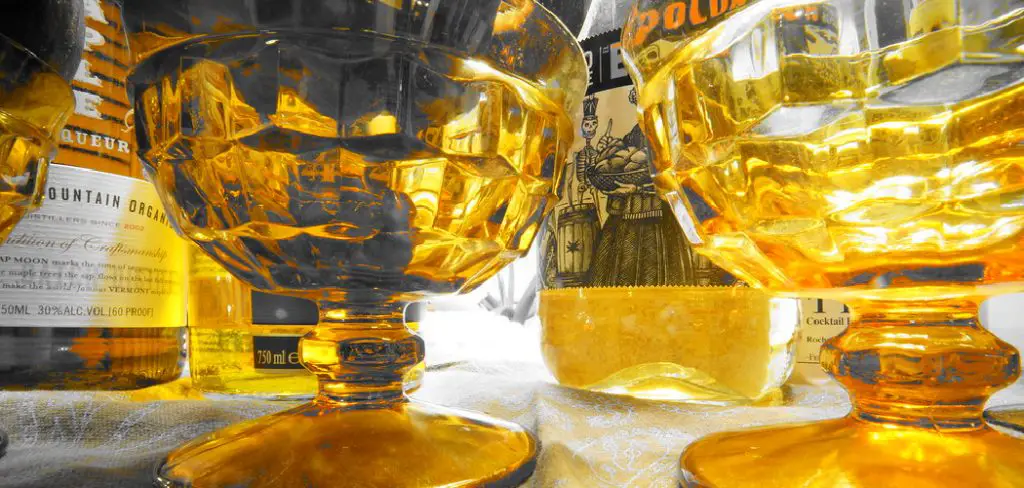
The process of making amber glass is a meticulous blend of science and craftsmanship, involving the fusion of various raw materials, including silica, soda ash, and iron oxide, in a fiery crucible.
This transformational process not only requires skill but also an understanding of the complex chemical reactions that take place within the heart of the furnace. In this article, we will embark on a journey on how to make amber glass.
Whether you’re an aspiring glassblower or simply curious about the alchemical process that turns raw materials into amber treasures, this guide will illuminate the steps and secrets to creating this remarkable and timeless glass.
Explanation of Amber Glass
Amber glass is a type of glass that has a warm, golden color. It gets its name from the gemstone amber, which also has a similar color. This type of glass is created by adding small amounts of iron and sulfur to regular clear glass during the manufacturing process.
The addition of these elements gives amber glass its unique hue and also makes it more heat-resistant, making it suitable for applications such as laboratory equipment and lighting fixtures.
Amber glass is widely used in the packaging industry, particularly for products that are light-sensitive. The amber color helps to block out ultraviolet (UV) rays, which can degrade certain substances over time. This makes it a popular choice for items such as medicines, essential oils, and food products.
Uses and Applications of Amber Glass
Amber glass, also known as brown glass, is a type of colored glass that has been widely used for various purposes throughout history. Its characteristic amber color is achieved by adding small amounts of iron, sulfur or other substances to the glass during the manufacturing process. This gives the glass a distinctive hue ranging from light yellow to dark brown.
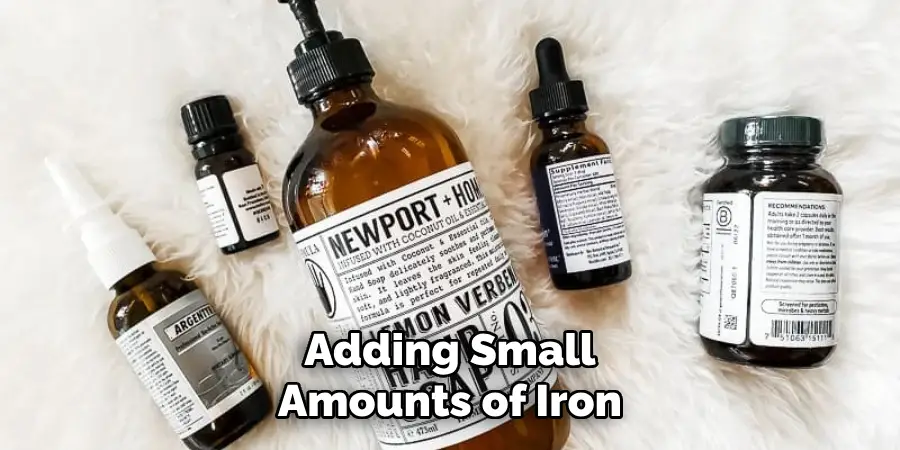
One of the main uses of amber glass is in the production of bottles and containers for storing various liquids and solids. This type of glass provides excellent protection against UV light, making it ideal for products that are sensitive to light such as certain medications, essential oils, and beer. It also has a high resistance to chemical corrosion, making it suitable for storing acids, alkaline solutions, and other chemicals.
10 Methods How to Make Amber Glass
1. Blow-Molding
Blow molding is one of the most common methods for making amber glass. This process involves heating a tube of molten glass and then blowing it into a mold to form the desired shape. The glass is then cooled and annealed to strengthen it before being cut into the desired shape. This method is typically used for larger pieces such as vases, bottles, and jars.
2. Press-Molding
Press molding is another popular method for making amber glass. This process involves pressing a preheated mass of molten glass into a mold with hydraulic pressure to form the desired shape. The glass is then cooled and annealed before being cut into the desired shape. This method is typically used for smaller pieces such as beads, buttons, and figurines.
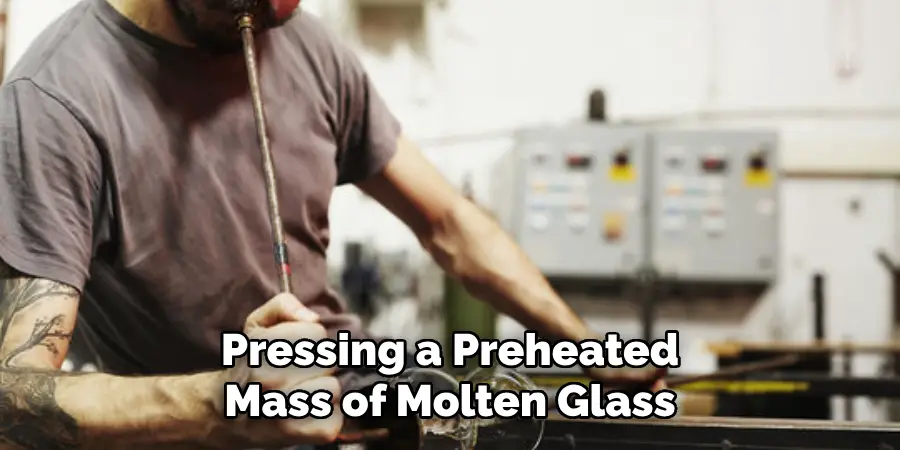
3. Casting
Casting is a method that involves pouring molten amber glass into a mold to form the desired shape. The liquid glass cools and hardens quickly in the mold, allowing for intricate designs to be created with ease. Once cooled, the piece can be removed from the mold and cut into its final shape if necessary. This method is often used for larger pieces such as lamps or sculptures.
4. Fusing
Fusing is a technique that involves heating two or more pieces of amber glass together until they fuse together in their melted state to form one solid piece of glass. This process can be used to create unique shapes or patterns that cannot be achieved through other methods of making amber glass. It can also be used to join two pieces of amber glass together in order to create larger items such as windows or mirrors.
5. Slumping
Slumping is a technique that involves heating a sheet of flat amber glass until it becomes pliable enough to be shaped by gravity over a curved form or mold without breaking apart or cracking due to thermal shock or uneven cooling rates during production processes like casting or pressing.. The finished product has an organic look due to its free-flowing nature while still retaining its original color and texture from when it was first heated up before slumping began!
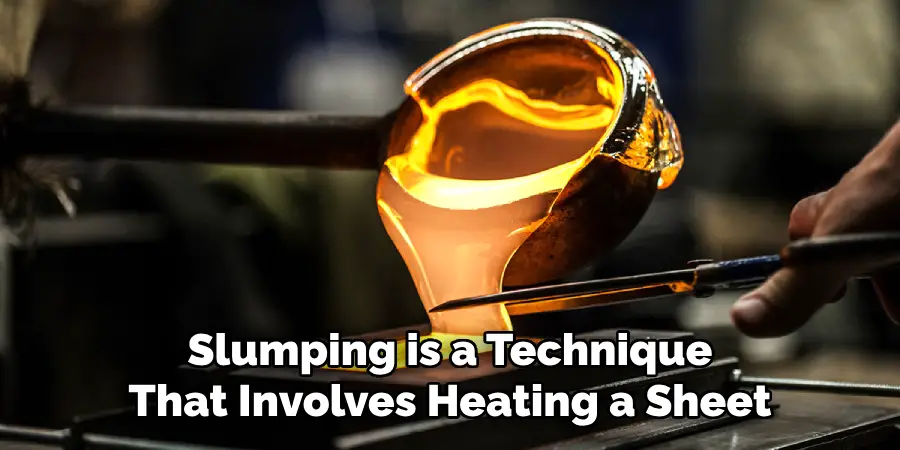
6. Lampworking
Lampworking is an ancient technique that uses heat from an open flame source (typically a torch) to soften and manipulate colored rods of molten amber glass until they become malleable enough to be shaped into various forms using tools like tweezers, paddles, marvers, etc. Objects created through this process are usually small but very detailed due to their precise nature!
7. Kiln Working
Kiln working uses high temperatures inside specialized furnaces called kilns in order to soften and manipulate colored rods of molten amber glass until they become malleable enough to be shaped into various forms using tools like tweezers, paddles, marvers, etc.
Kiln working allows artisans greater control over their creations than lampworking do since they can set specific temperatures at which their objects will melt/cool down at consistent intervals throughout production!
8. Sandblasting
Sandblasting is another way that artisans use heat in order to create unique textures on their works made out of amber glass! This technique requires shooting tiny particles (such as sand) at high speeds onto the surface of pre-made objects made out of colored rods melted together from lampworking/kiln working techniques in order to obtain interesting patterns & designs that would otherwise not be possible without this particular type of machining process!
9. Engraving & Etching
Engraving & etching are two techniques that involve carving/etching patterns onto pre-made objects made out of colored rods melted together from lampworking/kiln working techniques in order to obtain interesting patterns & designs that would otherwise not be possible without these particular types of machining processes! Engraving typically uses diamond-tipped tools, whereas etching utilizes acids instead – both techniques require precision & skillful hands, though, so only experienced artisans should attempt them!
10. Polishing & Buffing
Polishing & buffing are two finishing techniques that involve rubbing abrasive materials against pre-made objects made out of colored rods melted together from lampworking/kiln working techniques in order to obtain smooth surfaces with shiny reflective properties – this helps give each individual piece its own unique luster & shine which would otherwise not have been possible without these particular types machining processes!
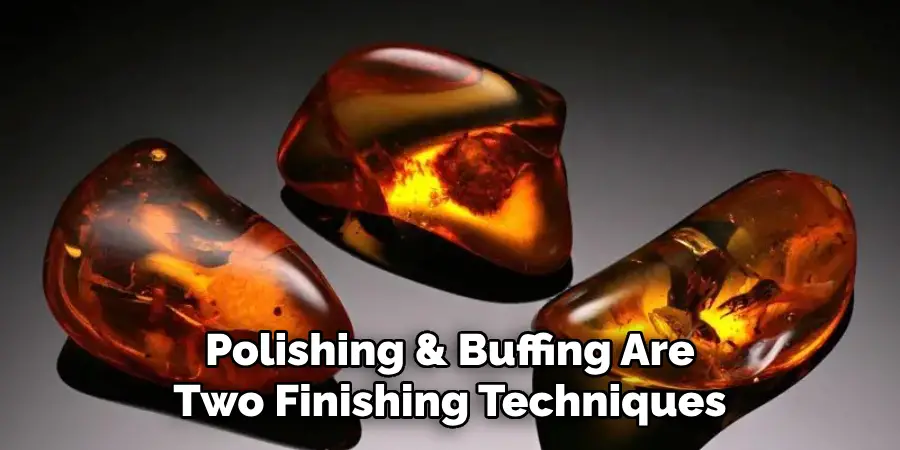
Things to Consider When Making Amber Glass
Amber glass is a popular type of glass that has a distinct orange or yellowish-brown color. It is commonly used in the production of various products, such as bottles, jars, and vials. Amber glass not only provides an aesthetically pleasing appearance but also offers protection against ultraviolet (UV) light. This makes it an ideal choice for storing light-sensitive substances, such as medicines and essential oils.
Ingredients
The main ingredients for making amber glass are sand, soda ash, and limestone. These materials are melted together at high temperatures to form molten glass. However, the type and quality of these ingredients can greatly impact the color and clarity of the final product. For example, impurities in sand or low-quality soda ash can result in a cloudy or greenish tint to the glass.
Colorants
To achieve the characteristic amber color, small amounts of iron oxide or sulfur are added to the molten glass. The amount of these colorants can be adjusted to create different shades of amber, from pale yellow to dark orange. It is important to carefully measure and control the amount of colorant added as too much can result in a darker and less transparent glass.
Heat and Cooling
The process of heating and cooling the molten glass is crucial in achieving the desired color and clarity. The temperature at which the glass is heated, as well as the rate at which it cools, can affect its final appearance. To make amber glass, the molten glass is heated to a specific temperature and then gradually cooled to prevent stress fractures or bubbles from forming.
Conclusion
Crafting and creating amber glass is an incredible hobby. It takes some practice, patience, and understanding of various tools and materials, but the end result is always worth the effort. With creativity and passion, one’s potential to make a unique masterpiece is limitless.
Being open to new ideas and methods can ultimately lead to success. To summarize, amber glassmaking is a captivating process that demands time and focus but results in beautiful works of art that should be cherished for years to come.
Use the knowledge from this article to get started on your own amber glass journey with confidence – take careful measurements, select suitable ingredients, apply fire cautiously, and admire the results! Who knows? You could be the next master crafter of how to make amber glass!

